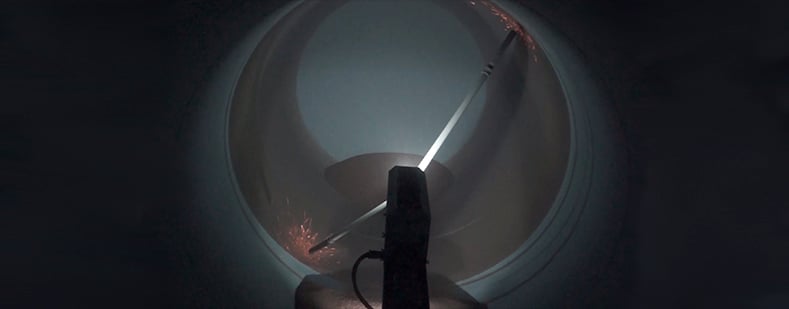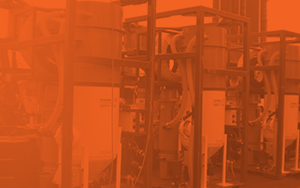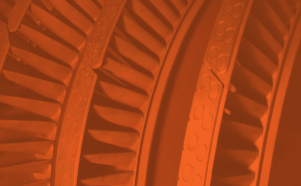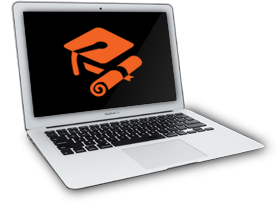The simple answer to this question is a resounding Yes, robotic abrasive blasting is faster than manual abrasive blasting. In order to understand why robotic abrasive blasting is becoming more commonplace in the industry, one must look at the many ways in which it is faster and more efficient – ultimately saving time, money and other resources.
Speed Equals Savings
Robotic abrasive blasting can be six to eight times faster than manual abrasive blasting. This means that on every single job where robotic blasting is used instead of manual blasting, there is the potential to save a significant amount of money, while completing the job ahead of schedule. “Let’s say a job is supposed to take several blasters ten days using the traditional manual blasting process. If using a robotic abrasive blasting product such as Sponge-Jet’s Robotica, can shave two days from that schedule, you have just saved the asset owner potentially thousands of dollars in labor, equipment and materials,” said Ted Valoria, Sponge-Jet’s VP, North American.
Valoria continues, “The most expensive part of nearly every job is labor. It comes down to simple economics – the speed of robotic abrasive blasting can have a huge impact on an owners’ bottom line,” According to Valoria, if manual blasting is to keep pace with robotic blasting (on identical jobs), a larger crew and more equipment may be needed. In addition, the initial mobilization time is longer and a larger footprint is needed for the required equipment and materials. In small areas, or spaces with limited access, bringing in the added resource required to manual blast can be virtually impossible.
Reducing Human Error
One of the main reasons robotic abrasive blasting is so much faster than manual blasting is a combination of controlled precision (pattern overlap) and using larger nozzles at high pressure without fatigue. Once the robot is in place, measurements are taken and the prescribed distance is programmed, everything is set for that portion of the blast. There is no deviation in the robotic blast pattern compared to a blaster who is experiencing fatigue, who’s blast pattern moves around a bit too much or who needs to take a break. Although initial set-up of the abrasive blasting robot may be a bit more involved than mobilizing a human blast crew and equipment, the improved efficiency more than makes up for this additional set-up time.
Robotic abrasive blast systems, such as Robotica, also offer a great deal of control. For example, as the robot moves through a pipe, the “arm” speed can be adjusted (and set once) depending on the exact specifications of the blast.
Craig Simmons from Thompson Industrial Services, a contractor that uses Sponge-Jet's blasting robot had this to say: "I am very impressed with the performance and quality provided by the Sponge-Jet robotic blasting unit. The productivity and finish far exceeds that of any manual blasting while allowing for a much safer operation as well. If you can use this machine for your application then you should."
Doing the Job Right the First Time
The increased speed of robotic abrasive blasting also has another critical benefit: less reappearance of surface contaminants. With reduced start, stops, and variability associated with manual methods, comes less chances of redeposition of contaminants removed in the first abrasive blasting pass. This means that there are rarely costly “do-overs” on sections of pipe that have already been abrasive blasted.
Overall, robotic abrasive blasting is much faster and more consistent than traditional manual blasting. As the industry continues to evolve, the use of robotic blasting will become more prevalent, saving owners time, money and resources.








